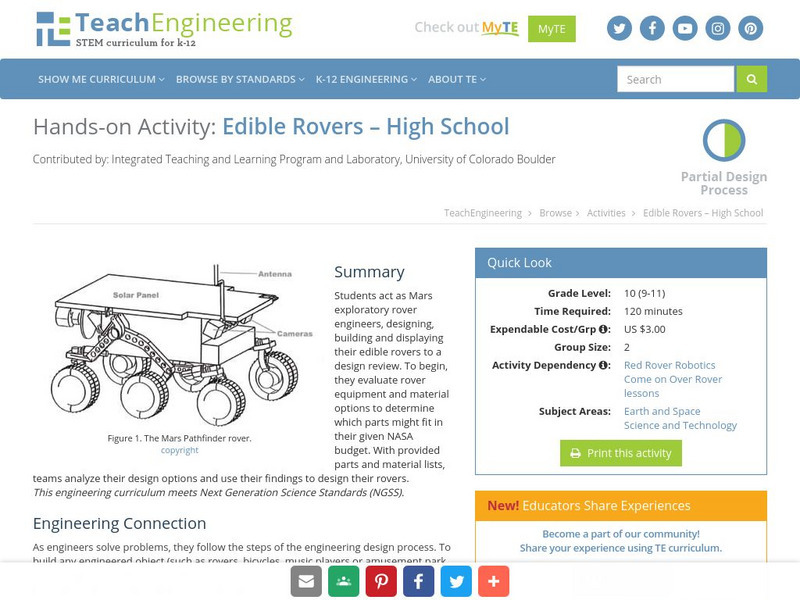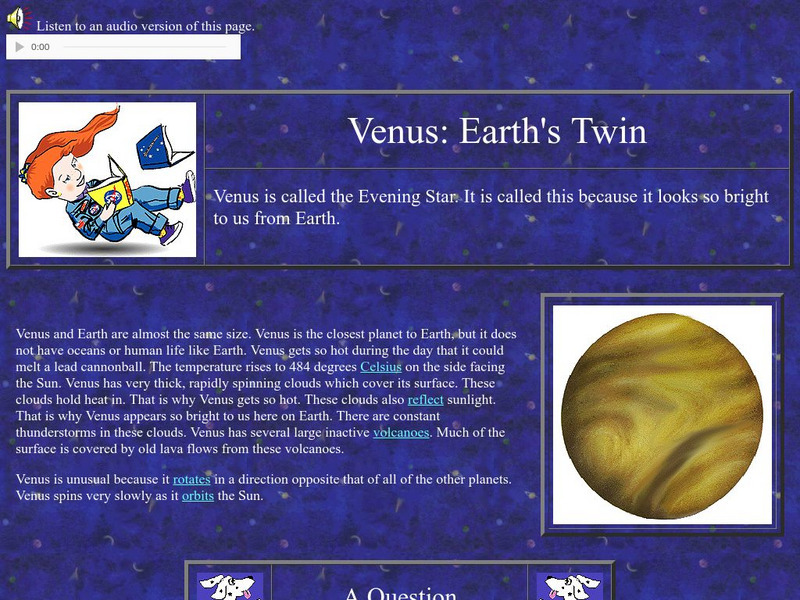NASA
Nasa: Rockets Educator Guide: How Rockets Work
In this article, learn how rockets work. Discover Newton's Law of Motion and learn how it supports rocketry.
NASA
Nasa: Rockets Educator Guide: A Pictorial History
View pictures, descriptions, and dates of rockets throughout history. Learn about rockets and how they have evolved throughout time.
NASA
Nasa: Living With a Star
This NASA educator's guide provides teachers with activities, resources, and materials to educate students about the Sun.
NASA
Nasa: Bibliography on Martian Exploration
This site from NASA provides a selected Annotated Bibliography on Martian Exploration presents classical Mars reading material from Percival Lowell and Alfred Russel Wallace from the turn of the last century, Werner von Braun and Willy...
NASA
Nasa: The Space Place: Lisa Space Mission Gives Humans a Sixth Sense
This site explains NASA's plan to engineer a space probe that could measure the gravitational waves that Einstein predicted exist in space. Learn more about this space probe named LISA. There is also a crossword to check your...
NASA
Nasa: The Space Place: Lisa Space Mission Gives Humans a Sixth Sense
This resource explains NASA's plan to engineer a space probe that could measure the gravitational waves that Einstein predicted exist in space. Learn more about this space probe named LISA. There is also a crossword to check your...
NASA
Nasa: Vector Addition by the Numerical Method
A lab experiment involving readily available materials. Students analyze three forces acting upon one point to determine the resultant force. Questions and accompanying answers are provided.
NASA
Nasa Star Child: The Solar System
Discover information about parts of the Solar System, along with definitions just by clicking on highlighted vocabulary terms. Be sure to try the "Solar System Activities" to review the material from these pages.
NASA
Nasa Earth Observatory: Land Cover Classification
Learn about the important resources our land offers us: food, water, oxygen, building materials, and more. Discover how scientists have been mapping land for years trying to prevent disasters and to collect environmental information.
NASA
Nasa: The Air We Breathe Picture Book
This colorful picture book is designed to introduce students to Earth's atmosphere, and to help them understand its importance to life on Earth.
NASA
Nasa: Is There Water on Mars?
This educator guide allows teachers and students to explore whether or not there is water on Mars. Download this PDF file and use activities to help explore Mars.
NASA
Nasa: Nearside of the Moon: Apollo Landing Sites
This photo of the moon shows the landing sites for Apollo 11, 12, 14, 15, 16, and 17.
NASA
Nasa: Classroom Activity: Our Very Own Star: The Sun
This PDF storybook for children tells the story of the sun. The easy-to-understand text and graphics make it a useful classroom tool for younger students.
University of Washington
Live From Earth & Mars [Nasa]: Danger in the Air
This site from Live from Earth & Mars [NASA] is a lesson plan using both interactive and written materials. Can be used as a unit or individually.
TeachEngineering
Teach Engineering: Edible Rovers High School
Students act as Mars exploratory rover engineers, designing, building and displaying their edible rovers to a design review. To begin, they evaluate rover equipment and material options to determine which parts might fit in their given...
NASA
Nasa Star Child: The Planet Earth
Facts about the Earth including its orbit, its atmosphere, and its landforms. Includes a discussion question on seasons, with facts about them, and the answer. A linked page covers similar material in a "Level 2" version, and has a...
NASA
Nasa Star Child: The Planet Venus
Basic facts about the planet Venus including its temperature, its atmosphere, and its volcanoes. Includes a discussion question on temperature, with facts, and the answer. A linked page covers similar material in a "Level 2" version, and...
NASA
Nasa Star Child: The Planet Mercury
Basic facts about the planet Mercury including its size, its name, and its atmosphere. Includes a discussion question on its visibility from Earth, with facts, and the answer. A linked page covers similar material in a "Level 2" version,...
Science Buddies
Science Buddies: Project Ideas: Learn to Design an Ion Engine
The goal of this electricity and electronics science fair project is to understand how ions are used to propel spacecraft in space, and to use a NASA online simulator to design your own ion engine. The Science Buddies project ideas are...
PBS
Pbs Teachers:nasa's Return to Flight: Testing Insulating Materials
Examine online articles about the Columbia mission accident and liquid fuel propulsion. Conduct an experiment to determine the best material for insulation.
PBS
Pbs Learning Media: Bringing the Universe to America's Classrooms
WGBH in collaboration with NASA presents digital media resources you can use to teach topics in K-12 Earth and Space Science. These free resources are organized into four grade bands. Each resource emphasizes engaging students in...
PBS
Pbs Learning Media: Seasons on Earth and Mars
Compare the seasons on Earth and Mars with NASA imagery. Use this resource to visualize how the axial tilt of a planet influences its seasons and to compare data about seasonal changes on Earth and Mars. Support materials include:...
American Geosciences Institute
American Geosciences Institute: Earth Science Week: Rock Around the World
Classes from around the country collect rock samples and send them in to be analyzed by NASA scientists.
Smithsonian Institution
National Museum of Natural History: Ocean Planet
Detailed website that was a companion to a 1995 traveling exhibit of the Smithsonian. Links to lesson plans and other educational materials are at the bottom of the page. Enter the exhibition to explore the world of the ocean.



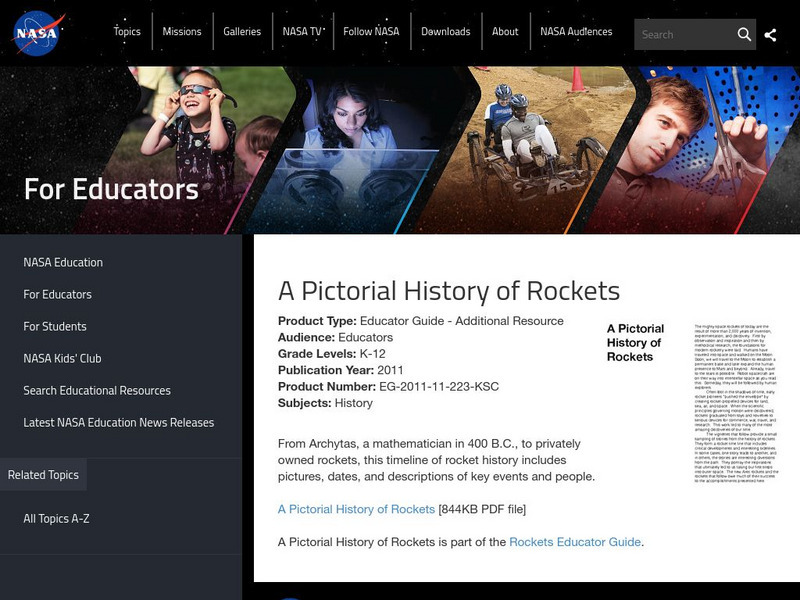



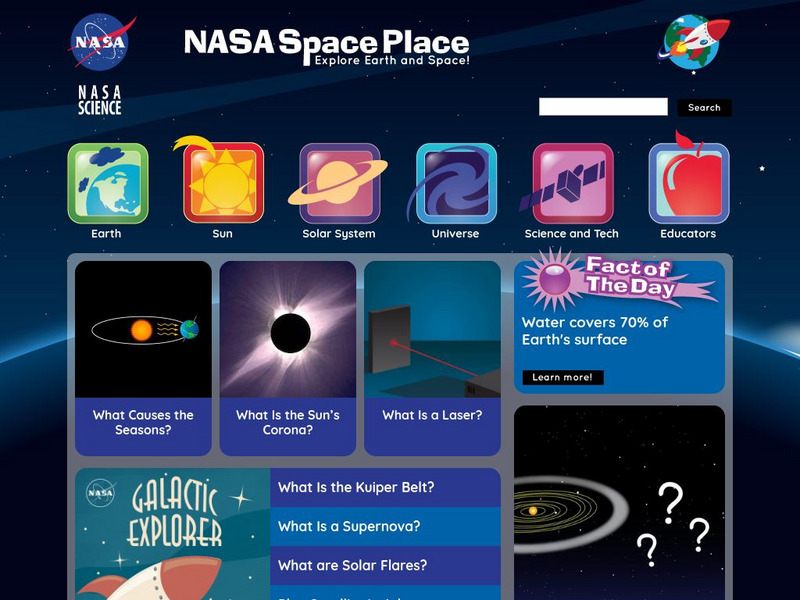
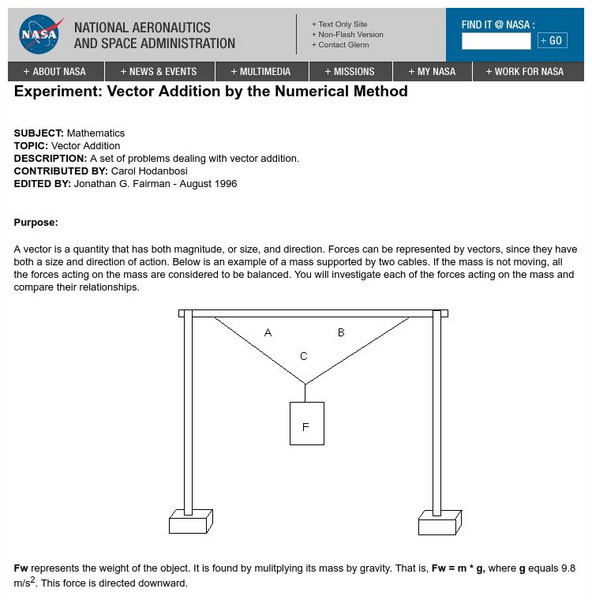

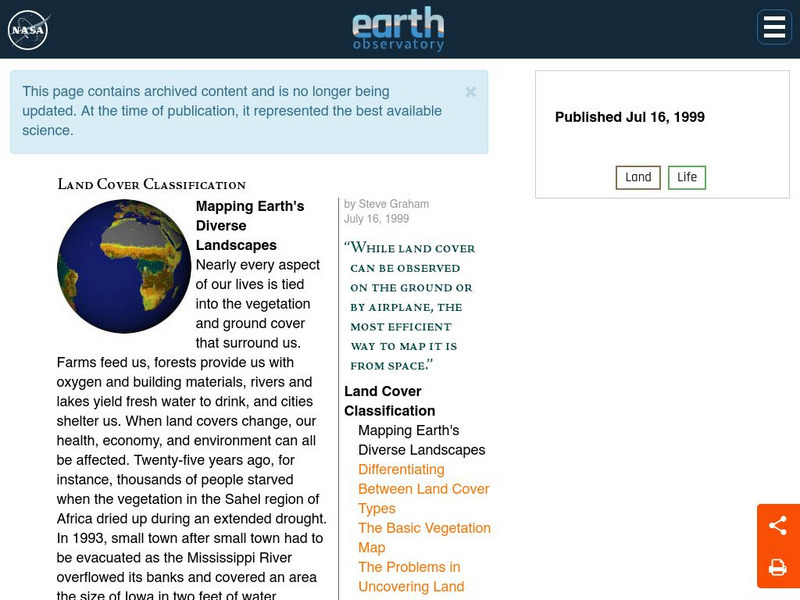



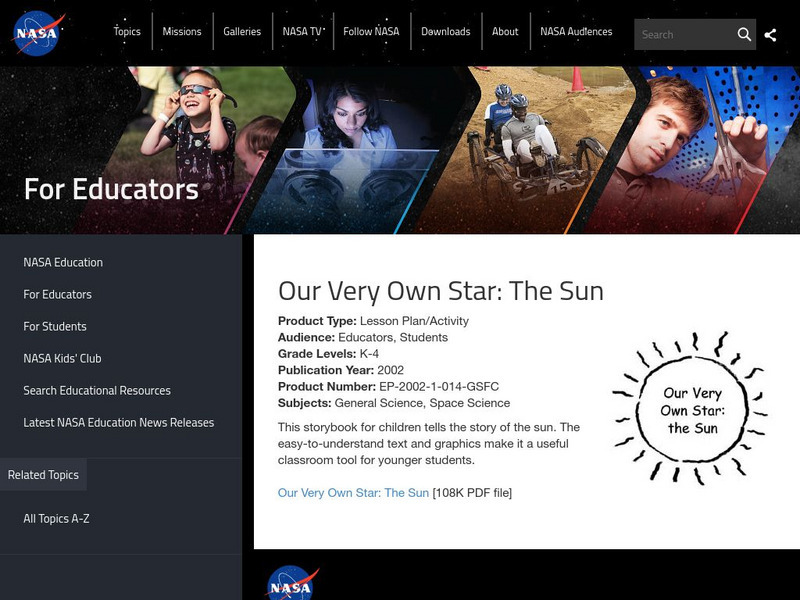
![Live From Earth & Mars [Nasa]: Danger in the Air Unit Plan Live From Earth & Mars [Nasa]: Danger in the Air Unit Plan](https://content.lessonplanet.com/knovation/original/31323-26b66437de70b854e5f27493404e18f2.jpg?1661447569)
